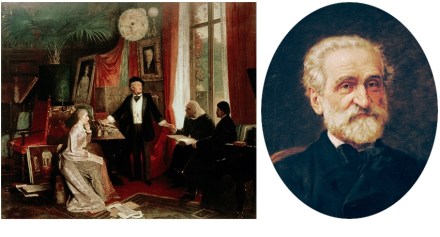Bach, the Beatles and back
Leaping from Paleolithic cave paintings to Egyptian tombs to Gregorian chant in barely half a chapter, as Howard Goodall does in his breezy but effective The Story of Music, requires panache. He compresses several millennia into little over 300 pages with the first 40,000 years — when admittedly little happened beyond some inter-cave sonar-style singing


